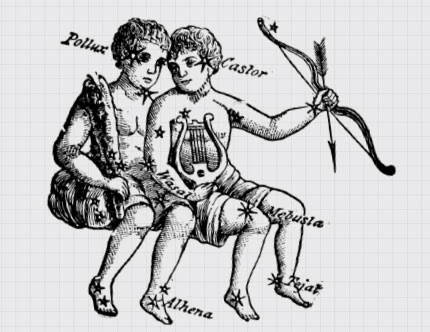In 2021, a Canadian farmer named Chris Achter responded to a buyer’s grain contract with a simple 👍 emoji. What followed wasn’t just a misunderstanding—it was a legal showdown that captured global attention.
Achter, based in Saskatchewan, had a long-standing business relationship with the buyer. They often finalized grain deals over text. That year, when the buyer sent over a standard flax contract, Achter responded with a thumbs up. Months later, as drought conditions drove up flax prices, the buyer expected a delivery. None came.
The buyer sued.
The central question? Does a thumbs up emoji constitute a digital signature?
A judge ruled that, yes, it did.
The Emoji That Cost More Than $60,000
According to Eric Goldman, a law professor at Santa Clara University, Achter later claimed the emoji was merely an acknowledgment—not acceptance. But the court disagreed, calling the emoji a “nontraditional but valid” form of agreement. The court awarded the buyer over $60,000 in damages.
Goldman put it bluntly: “That single thumbs up emoji was worth tens of thousands of dollars.” 👍
A New Frontier: Emoji Law
The case highlighted an increasingly pressing issue for modern courts: the legal meaning of emojis. We use them constantly—on social media, in texts, Slack messages, and even emails. But when disputes arise, how should courts interpret them?

Goldman tracks every legal case involving emojis. In 2016, there were 26 court opinions referencing emojis. By 2023, that number had exploded to over 200. Yet many judges still don’t include emoji depictions in court transcripts. Some even replace them with vague “[Emoji]” tags—stripping out critical context.
That’s a big problem, says linguist Adam Aleksic. Emojis often act as “tone tags,” shaping the emotional meaning of a sentence. A sarcastic thumbs up can mean the opposite of agreement, especially for younger users.
Emojis Are Not Universal
Part of the challenge lies in how emojis render across platforms. The same emoji can look different on Apple, Android, Meta, or Slack—sometimes with wildly different interpretations.
Take the gun emoji. Once commonly shown as a realistic revolver, it was redesigned into a toy water gun by Apple in 2016, with other platforms following suit. But Elon Musk’s platform X (formerly Twitter) reverted to a real pistol. On some devices, the emoji faces left; on others, right—potentially changing the implied target of violence in a message.

These discrepancies are no joke in court. A French man was jailed after sending a gun emoji to his ex. In the U.S., a 12-year-old was charged for using gun, knife, and bomb emojis in an Instagram post.
Enter Unicode
Unicode is the behind-the-scenes organization that ensures text (and emojis) work across platforms. Every emoji has a unique ID, like a digital blueprint. But Unicode only sets the reference point; companies are free to design the emoji however they want.
That freedom leads to branding differences—and legal confusion.
Goldman trains judges to consider both versions of an emoji in court: what the sender saw and what the recipient saw. Without this, critical nuances are lost.

Courts Catching Up
In Achter’s thumbs up case, the court did it right. It looked at surrounding texts, previous contracts, and how the two parties had historically confirmed deals via short messages. The emoji wasn’t analyzed in a vacuum—it was contextualized.
Goldman believes this approach should be the norm. “It’s exactly what we would hope the courts would do,” he said.
The Emojigeddon of Poop
Not all emoji controversies are high-stakes legal dramas. Some are about…poop.
Keith Houston, author of the forthcoming Face with Tears of Joy, traces the poop emoji’s origins back to a Japanese anime. In Japanese culture, “unchi” (poop) has connotations of good luck. Despite being the least popular emoji among all age groups, the poop emoji has become an unofficial symbol of emoji culture. It’s even immortalized in the Unicode standard—meaning it can never be removed.

That didn’t stop some Unicode members from protesting. One dissenting engineer called the proposal of a sad poop emoji “an excrescence” and predicted a wave of absurd variants like “poop with karaoke mic.”
This internal controversy was dubbed “Emojigeddon.”
Why Emojis Matter
Despite their lighthearted reputation, emojis are becoming a serious part of legal communication. They can carry intent, sarcasm, even threats. They can signal community or allegiance. And yes, they can be legally binding.
Human communication has always been messy. Emojis just make that mess digital.
As Goldman says, emojis are just one more way we express ourselves—another layer for courts to decode. Whether you’re signing a contract or cracking a joke, be careful what emoji you send.
Especially if it’s a 👍.



Leave a Comment
Share